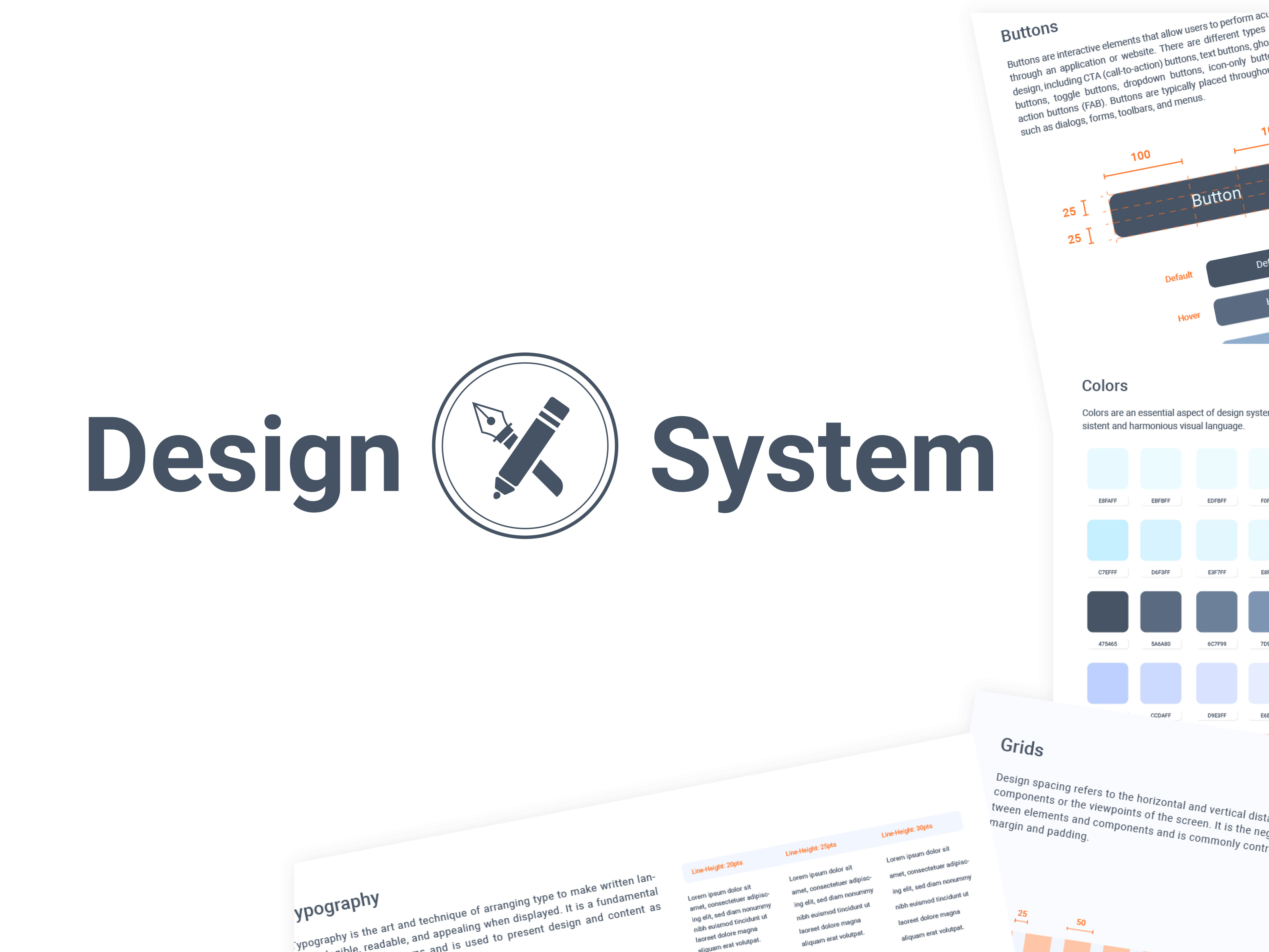This concept exemplifies a product that hosts multiple services, following a component-based approach to simplify version management and user learning during updates.
Each individual component is plugged into an individual service, reducing the need for new service training when previous understandings of component usage are carried over. This approach allows for a focus on components, testing, versioning, updating, and potential license packaging.
The carry-over of user learning is intuitive and is applied to the Dynamic bar, which always identifies user location and surfaces relevant actions and/or features.
The following images illustrate a method for tracking services, their connected components, and the implemented versioning during the planning cycle.
Versioning, in the context of software development, refers to the creation and management of multiple product releases, each with the same general function but improved, upgraded, or customized. It is crucial for tracking changes made to the software over time, identifying added features, enhancements, or bug fixes in each release, and maintaining a historical record of the software's evolution.
The following wireframe layout highlights the specific placement of each component within the product.
The two images below display the component overlays in a high-resolution presentation, with a specific focus on the placement and visual aspects of the components.
The images below illustrate an example of designing components for scalability across multiple planning cycles to meet the desired component requirements. This approach allows for the adjustment of size and shape, leading to improved product development cycles and streamlined production processes.
The concept of "designing for scale on components that are stretched over multiple planning cycles" can be related to the idea of planning a computer system, as discussed in the context of Project Stretch, which involved a comprehensive joint planning effort to achieve specific objectives.
-------------------------------
1 - This row showcases the Dynamic Search Menu component, which emphasizes child components within the main parent. The orange highlight indicates the specific component being focused on for the current planning phase.
-------------------------------
2 - The approach in planning and breaking down components to allow for multiple sprints or planning through versioning is a common practice in agile development, particularly in the Scrum framework. This approach involves defining what can be delivered in the upcoming sprint and how that work will be achieved, as well as setting goals for each release and allocating tasks to different fix versions based on capacity.
It also includes grooming the backlog, deciding which work to complete in the upcoming sprint, and preparing for the next sprint or release by understanding the sequence of issues in a workflow and the effort needed to complete tasks.
Additionally, it may involve creating and planning versions, which are time intervals during which the team works to deliver tasks, and assigning issues to sprints to group work independently from versions.
This approach allows for additional testing per versioning and helps track the delivery of longer-term work.
-------------------------------
3 - This row emphasizes the areas that are being phased out as we progress towards the deliverable goal.
-------------------------------
4 - This row emphasizes the parent component's compression to accommodate the inclusion of additional components as teams advance through version updates.
-------------------------------
5 - This row emphasizes the reversal of the versioning breakdown, which will be presented and documented for future planning cycles.









